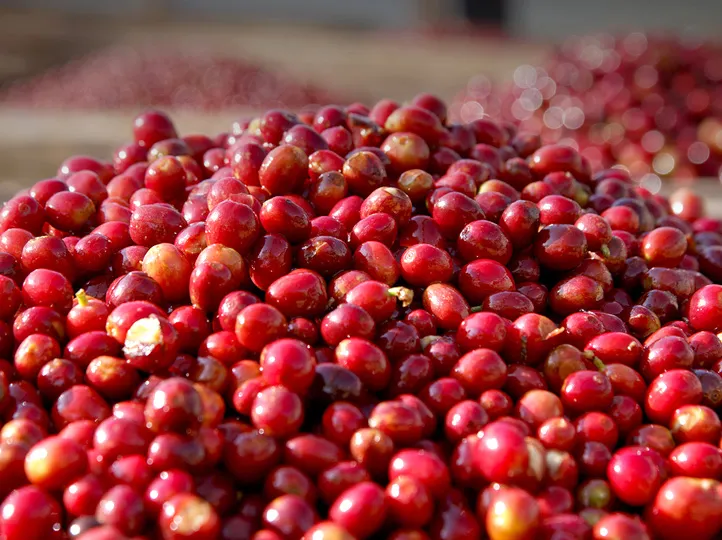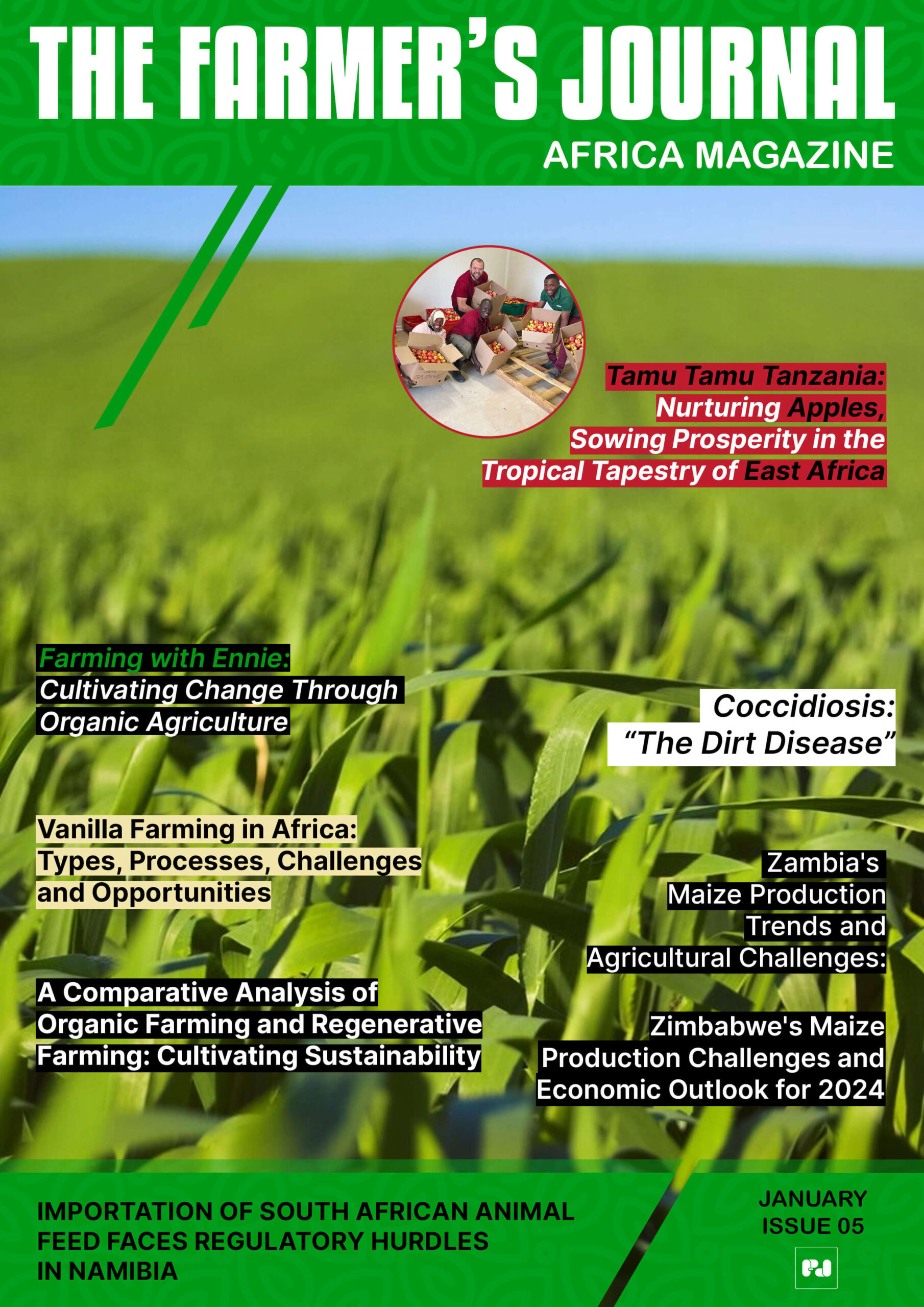
Kenya has put a clear stake in the ground for its coffee future. The government says it will lift annual production from around 50,000 metric tonnes today to 70,000 within the current financial year and then push to 150,000 metric tonnes within three years. That is not only an ambitious recovery plan. It is an invitation for farmers, county leaders, buyers and the public to help rewrite a vital chapter in Kenya’s agricultural story.
Why this matters now
Coffee is more than an export crop. It is the backbone of millions of rural households across 33 counties. Restoring production to 150,000 metric tonnes would return volumes last seen during Kenya’s golden decades for coffee in the 1970s through the 1990s. Beyond national pride, higher production means more consistent incomes for smallholders, stronger rural economies, and a healthier export balance.
How the government plans to get there
Principal Secretary for Cooperatives Patrick Kilemi has made the strategy plain. The campaign has two clear tracks: reintroduce coffee in non-traditional regions and strengthen production in established areas.
- Reintroducing coffee into parts of Western Kenya, Nyanza, Rift Valley, and Eastern regions will broaden the farming base and recruit new farmers into the value chain. As Kilemi put it during International Coffee Day in Nairobi, “The government is exploring areas where coffee can grow well and recruit more farmers to start to plant coffee.”
- Targeted work with 33 county governments identified as suitable for coffee cultivation will tailor support to local soils, climates and farmer needs. This county-led approach is central to scaling fast while keeping interventions relevant and practical.
Fixing the system so farmers benefit
Past declines were not caused by the crop itself but by how value failed to reach smallholders. That is why governance and market reforms sit at the heart of the revival plan.
- The Cooperative Bill now before the Senate is expected to reset leadership in cooperatives through fresh elections so that farmers can better capture the value of their produce.
- Cooperative officials have been warned against taking on debt that leaves farmers worse off. The message is straightforward: reform must increase farmer returns, not farmer risk.
- Market infrastructure is being reshaped. The Nairobi Coffee Exchange has been restructured and now uses a direct settlement system to connect buyers to producers. The aim is transparent, speedy payments and to reduce value leakage along the chain.
- Under the Coffee Regulations of 2019, farmers are guaranteed at least 80 percent of the value of their coffee sold at the Exchange. That rule is a bedrock protection for farmer incomes.
Concrete support on the ground
Policy is only useful when matched by cash and logistics. The government has already launched measures that make real differences to what happens on farms.
- A 500 million shilling seedling program administered through the Kenya Planters Cooperative Union (KPCU) was funded last financial year to replenish farms with new, productive plants.
- The Cherry Fund provides short-term advances to farmers during economic hardship, smoothing cash flow so families do not have to sell at the worst possible moments.
- Fifty five stakeholder meetings held nationwide show a commitment to listening to farmers and county leaders while expanding viable coffee-growing territories.
What success looks like for farmers and the market
If the plan reaches its target, the benefits are tangible.
- Farmers should see steadier, higher incomes through guaranteed value shares and faster settlement.
- Expanded growing zones mean more households can diversify into a higher-value crop.
- A revived coffee sector creates demand for nursery operators, transporters, processors and exporters, strengthening rural jobs across the value chain.
- For buyers and roasters, more reliable supply from Kenya will improve contract stability and allow investment in higher-value specialty lots.
Risks that need managing
Ambition must be matched with discipline. The main risks include uneven rollout across counties, delays in cooperative governance reform, and loans or financial products that are poorly structured for smallholders. Strong county implementation plans, transparent cooperative elections, and careful oversight of financial advances will be essential.
A final word to farmers, counties and consumers
This plan is not only a government project. It needs farmers willing to plant and manage new trees, counties that make land and extension services available, and a private sector ready to buy with integrity. Consumers and cafés around the world can help by paying a small premium for traceable, fairly traded Kenyan coffee. Every cup can become a vote for a fairer value chain.
Kenya’s target of 150,000 metric tonnes in three years is bold, but history shows the nation can produce that volume. With seedlings in the ground, clearer markets, and a governance reset that puts farmers first, the revival of Kenyan coffee can be more than a policy line. It can become a visible return to prosperity for farming families across the country.
Stay updated with the latest farming tips and agriculture industry news from Africa by subscribing to our newsletter. Don’t miss out on valuable insights and updates. Follow us on Twitter, LinkedIn, and Facebook to join our farming community and stay connected with us.


















